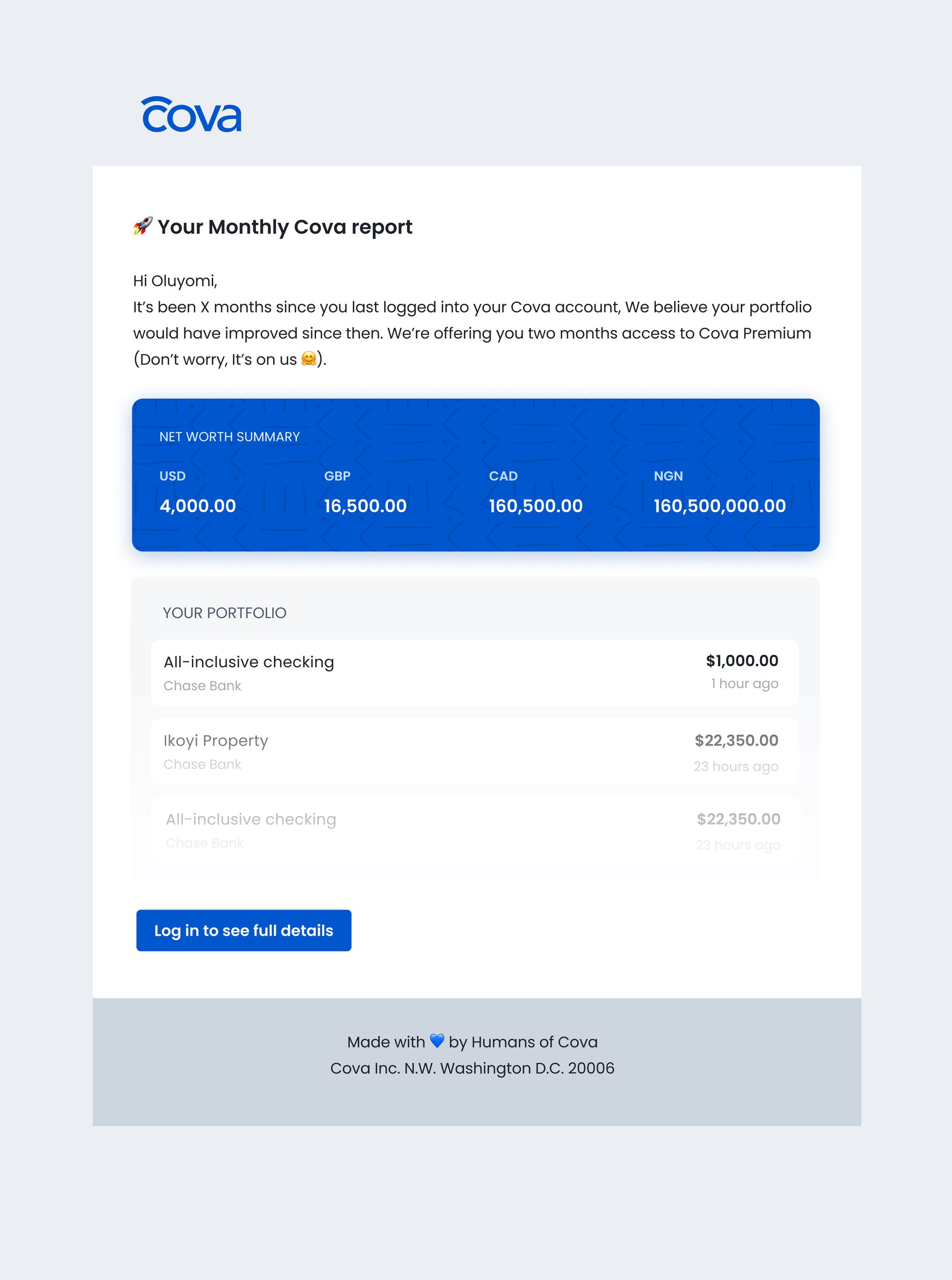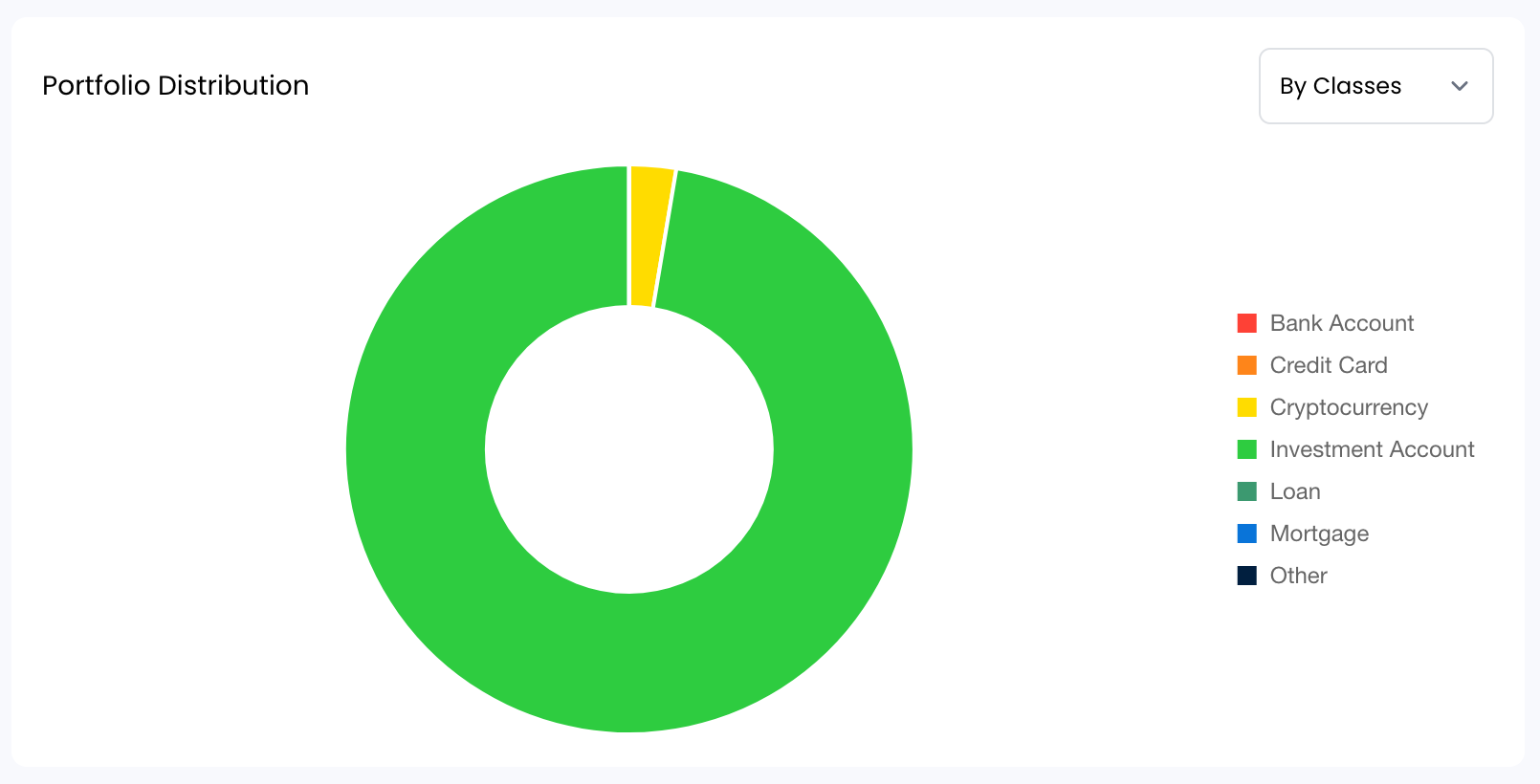Portfolio performance refers to the return on investment of a group of assets or securities held in your portfolio over a certain period of time. Your portfolio performance can be measured in different ways, but it typically takes into account the total return on investments, which includes both capital gains (or losses) and income generated by the portfolio's holdings.
Smart investors and savvy portfolio managers know that measuring portfolio performance is critical as it provides insight into how well the portfolio has performed compared to its objectives and benchmarks, and helps to evaluate the effectiveness of investment decisions and strategies.
Portfolio performance can be expressed as a percentage, such as the portfolio's return compared to a benchmark index, or in absolute terms, such as the dollar value increase or decrease in the portfolio over a specific time period.
For the nerdies, you can calculate your portfolio performance using the below mathematical formula:
Current (or ending) value - Initial value (or starting balance) / Initial Value
OR
Just check your Cova dashboard for your portfolio performance 😊
What happens when you do not have an overview of your portfolio performance?
Failure to properly scrutinize and evaluate your portfolio performance, may have you missing out on important information about how your investments are performing, which can have several potential consequences.
- Firstly, you may miss opportunities to make changes to your portfolio that could improve your returns or reduce your risk. For example, you may not be aware of underperforming investments that should be sold or areas of the market that are providing better opportunities for growth.
- Secondly, you may be taking on too much risk without even knowing. This could lead to significant losses if the market experiences a downturn.
- Thirdly, failure to evaluate your portfolio performance could lead to you not achieving your financial goals. Without evaluating your portfolio performance, you may not be aware of whether you are on track to achieve your financial goals. This could result in a situation where you do not have enough money saved for retirement or other long-term financial objectives.

It is important to regularly evaluate your portfolio to ensure that you are making informed decisions and staying on track to achieve your financial objectives. Establishing straightforward numerical values for the assets that make up your portfolio helps to build an easy-to-track portfolio.
While you can compare your portfolio on an apples-to-apples basis by doing this across all assets. The problem is that doing so can take hours when you have a genuinely well-diversified portfolio with traditional assets as well as bank accounts, real estate, DeFi, NFTs, etc. You have to invest those hours repeatedly each time you wish to assess performance.

Unless, of course, you're able to automate the procedure. This is where you need to do things differently, like the thousands of DIY investors who make use of Cova to evaluate their financial performance and keep track of their net worth.
As an all-in-one asset tracker across multiple currencies and global exchanges, you can use Cova to evaluate your portfolio performance in several ways:
- Review your asset allocation: Cova provides information about the types of assets in your portfolio and how much you have invested in each. Reviewing this information can help you evaluate whether your portfolio is properly diversified to give maximum returns and whether you are comfortable with the level of risk you are taking on.
- Compare your returns to benchmarks: With Cova, you can see your portfolio's returns and then compare it to benchmarks, such as the S&P 500 or other market indices. This can help you determine whether your portfolio is performing well relative to the overall market.
- Monitor individual investments: Cova provides information about each investment in your portfolio, including its performance over time in a simple but . By monitoring the performance of individual investments, you can identify any underperforming assets and determine whether you should sell or hold them.
- Track your contributions and withdrawals: Cova also provides information about how much you have contributed to your portfolio over time and any withdrawals you have made. This can help you evaluate whether you are contributing enough to meet your financial goals and whether you are taking out more money than you can afford.
Overall, by regularly reviewing your portfolio information, you can make informed decisions about your investments and ensure that you are on track to achieve your financial objectives. All you have to do is fill in the correct information about your assets and ensure you update your portfolio regularly with the needed information
Securely plan your wealth and estate and ensure nothing falls through the crack with Cova. Get Started Now
